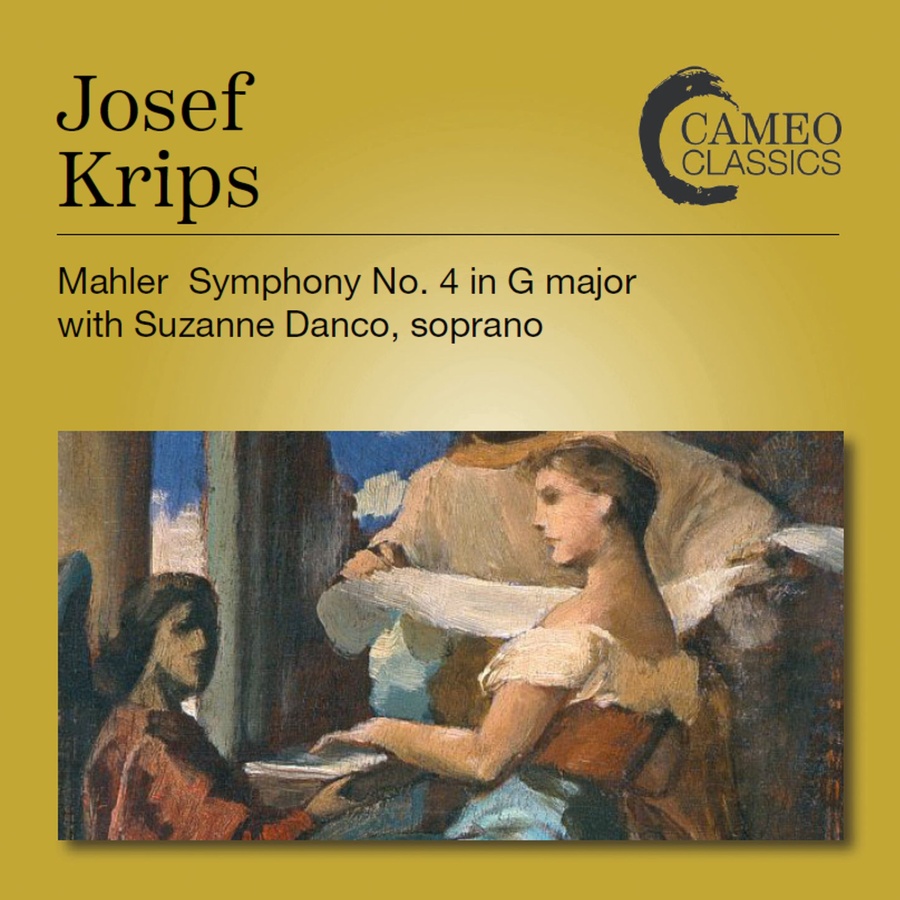
kompozytor
Mahler, Gustav
tytuł
Mahler: Symphony No. 4
wykonawcy
London Symphony Orchestra;
Krips, Josef
Krips, Josef
nr katalogowy
CC 9112
opis
Thanks to his unusually strong affinity with Haydn and grasp of classical structures, Josef Krips proves a near-ideal conductor for the Fourth Symphony. Noting Mahler’s repeated ‘nicht eilen’ (‘don’t rush’) markings, Krips never hurries the music or indulges in unnecessary point-making, least of all in the radiant variations of the poco adagio third movement. The score unfolds with natural charm and warmth, lovingly communicated by the LSO’s string section – led by Hugh Maguire, whose ‘Death the Fiddler’ is gauged at just the right level of grotesquery. With Suzanne Danco a pristine soloist in the finale, childlike but never childish, this is a beautifully-judged performance of a work which can too easily sound overstated, faux-naif or both. • Josef Krips initially thought to make his name as a violinist; but after a year’s study at the Musikakademie (1920/21), he changed direction from pit to podium, becoming a private pupil of Felix Weingartner and later his assistant. Following a seven-year tenure at Karlsruhe (1926-33), he returned to Vienna’s Volksoper and Staatsoper, while forging links with the Salzburg Festival. His father’s Jewish birth barred Krips from official posts after Hitler’s 1938 annexation of Austria: he spent much of World War II secretly coaching singers in Vienna, taking a factory job to avoid being drafted into the German army. After 1945, as one of the few conductors untainted by Nazi association, Krips appeared regularly in Vienna and Salzburg. Having helped restore the Vienna Philharmonic and Staatsoper to their pre-war excellence, he took on the same task for the London Symphony Orchestra, as its principal conductor from 1950 to 1954. • Suzanne Danco (1911-2000). Belgian-born, Frenchspeaking and partly Czech-trained, Danco’s vocal allure was nicely defined by the composer Luigi Dallapiccola as ‘all spun air’. Though chiefly admired during her career (which extended over thirty years from 1941) for impeccable style in Mozart and the French repertoire, her lyric soprano graced a remarkable array of characters, Danco undertook an equally broad range of work on the concert platform, from Bach cantatas to song cycles by Britten and Ravel, where her crystal-clear diction was a major asset. She often performed Mahler’s 4th Symphony, and in 1970 chose the work for her final public performance; but this London broadcast appears to be the sole memento of her interpretation, so perfectly geared to Mahler’s ‘childlike and serene’ demands.
nośnik
CD
gatunek
Muzyka klasyczna
producent
Cameo Classics
data wydania
30-08-2019
EAN / kod kreskowy
5020926911223

(Produkt nie został jeszcze oceniony)
cena 52,00 zł
lubProdukt na zamówienie
Wysyłka ustalana indywidualnie.
Darmowa wysyłka dla zamówień powyżej 300 zł!
Darmowy kurier dla zamówień powyżej 500 zł!
sprawdź koszty wysyłki












































